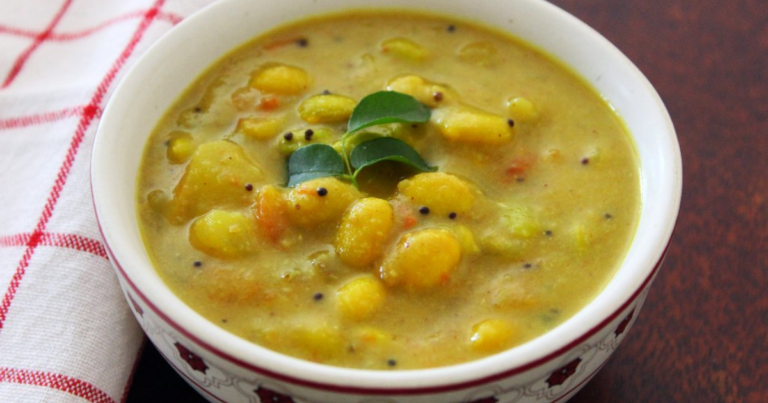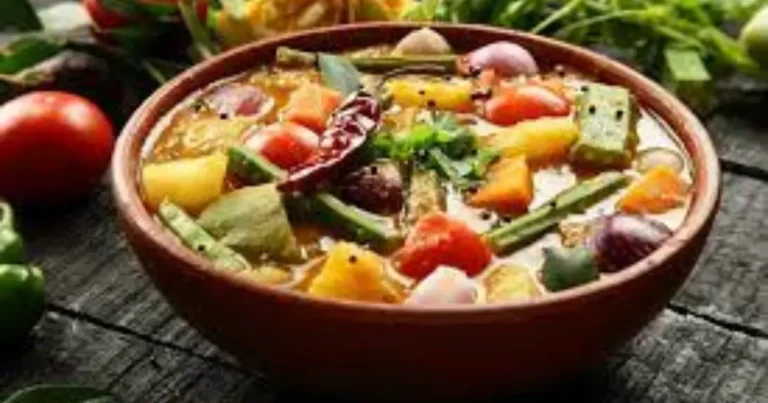Idli Karam Podi: The Flavorful Spice Blend of South India
Introduction Of Idli Karam Podi
Andhra Style Karam Podi, also known as Idli Karam Podi, is a famus spice blend originating from the southern Indian state of Andhra Pradesh.The main component of South Indian cuisine are fragrant spices, has a long tradition. His distinctive spice blend sometimes called just “podi,” is a favorite in South Indian cuisine, giving a variety of foods a kick of flavor and fire.
History:
The origins of Karam Podi can be traced back to traditional Andhra households, where it was created as a convenient and versatile accompaniment for breakfast dishes. It gained popularity With the passage of time time and is now loved by foodies all over India and beyond, not just in Andhra Pradesh.
Over the years, the formula for Karam Podi has changed, with each family contributing their own special touch to the mixture. It is a favorite addition to idlis, dosas, and rice because of the delicious balance of flavors created by the mix of roasted lentils, red chilies, and aromatic spices.
Whether you’re enjoying it at home or in a South Indian restaurant, Karam Podi continues to be a cherished part of culinary traditions, connecting people through its bold taste and cultural significance.
Ingredient
Certainly! Here’s a table with the title “Karampodi”:
| Item | Description |
|---|---|
| Ingredient | Dried curry leaves |
| Flavor | Spicy, tangy and aromatic |
| Usage | Sprinkle on rice, idli, dosa, or other dishes |
| Origin | South Indian cuisine |
Feel free to ask if you need any further information!
Making Karampodi at Home
Essential Tools and Equipment
To make karampodi at home, you’ll need:
- A heavy-bottomed pan or skillet
- A grinder or food processor
- Airtight containers for storage
Step-by-Step Recipe
- Roast the Ingredients: o make the ingredients, dry roast the dried red chilies, chana dal, and urad dal separately until they turn fragrant full and golden brown
- Cool the Ingredients: Allow the roasted items to cool fully before further process.
- Grind to a Powder: Add salt, cumin, coriander, and asafoetida with the roasted ingredients. Using a food processor or grinder and complete grind them into a fine powder.
- Store Properly: Transfer the karampodi to an airtight container to preserve its freshness.
Uses of Karampodi in Cooking
Enhancing Daily Meals
Karampodi is incredibly versatile. For an easy yet delicious dinner, spread it over cooked rice and topped with a dollop of ghee. It can also be used with oil or yogurt to make a simple chutney.
Popular Dishes Featuring Karampodi
Popular Dishes Featuring Karampodi
- Podi Idli: Idlis tossed in karampodi and ghee.
- Podi Dosa: Crispy dosas sprinkled with karampodi.
- Rice: Karampodi mixed with rice and ghee is a classic comfort food.
Storing and Preserving Karampodi
Best Practices for Storage
To ensure karampodi stays fresh and flavorful:
- Store it in a container that has been sealed.
- Store it somewhere cool and dry, out of the direct sunshine.
Shelf Life
When stored properly, karampodi can last for several months without losing its potency. However, it’s best to use it within three to six months for optimal flavor.
Pairing Karampodi with Other Foods
Complementary Ingredients
Karampodi pairs well with:
- Steamed rice
- Idli and dosa
- Vegetable stir-fries
- Yogurt
Suggested Combinations
Try combining karampodi with a splash of sesame oil and drizzling it over roasted vegetables or mixing it into your favorite grain bowls for an added kick.
Karampodi in Modern Cuisine
Fusion Recipes
Chefs are now incorporating karampodi into modern and fusion dishes, such as:
- Karampodi pasta
- Karampodi-crusted chicken
- Karampodi avocado toast
Restaurant Trends
Indian restaurants have been emphasizing karampodi on their menus, particularly those that serve South Indian food, because of its rich flavor and adaptability.
Cultural Festivals and Karampodi
Celebratory Dishes
A traditional and spicy addition to meals, karampodi is frequently a part of the festive spread during festivals and celebrations.
Customs and Traditions
Karampodi is sometimes used in rituals and offerings, symbolizing prosperity and good health in various cultural practices.
Common Mistakes to Avoid When Making Karampodi
Over-roasting Ingredients
Over-roasting can make the karampodi bitter. It is important to roast every item just long enough to turn golden and fragrant.
Incorrect Proportions
When attempting a recipe for the first time, pay close attention to the amounts given as too much of any one component can overshadow the combination.
Tips for Perfecting Your Karampodi
Achieving the Right Consistency
For a smooth texture, grind the ingredients to a fine powder. You can leave it little coarse if you like a little crunch.
Balancing Flavors
As you proceed, taste! A agood flavor can be achieved by adjusting the quantity of salt and spice to your choice.
Frequently Asked Questions About Karampodi
- Can I make karampodi without a grinder? Sure, a mortar and pestle will work, but it will require more work to get a fine powder.
- Is karampodi gluten-free? Yes, karampodi is naturally gluten-free as it is primarily consists of lentils and spices.
- Can I add nuts to my karampodi? Sesame seeds or peanuts are used to certain dishes to give them more taste and texture.






